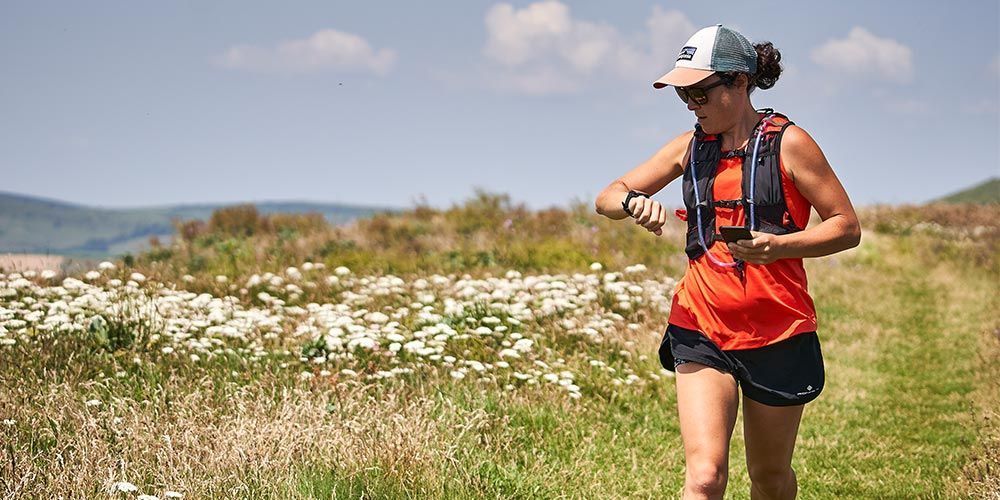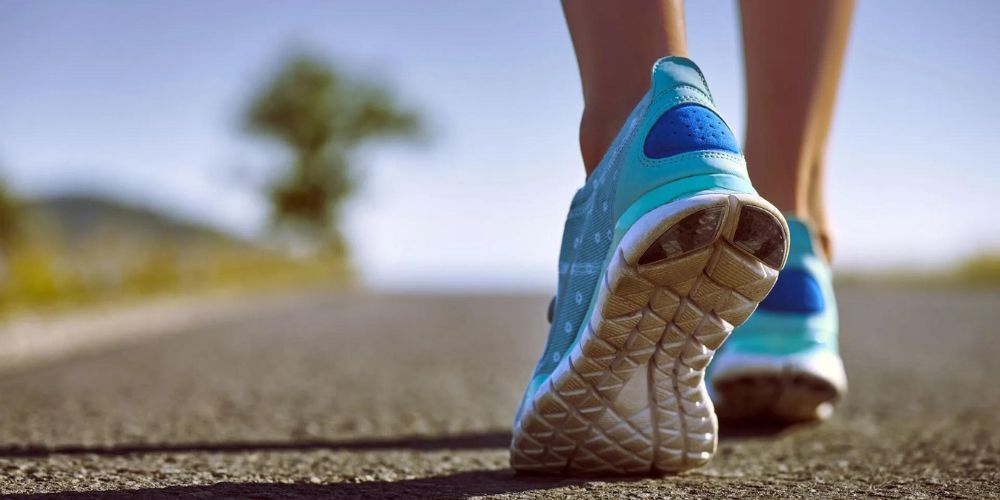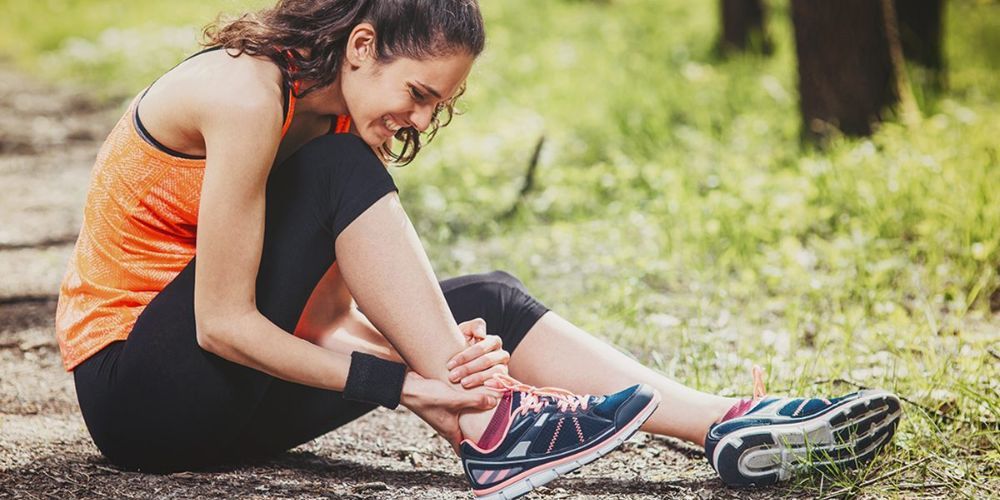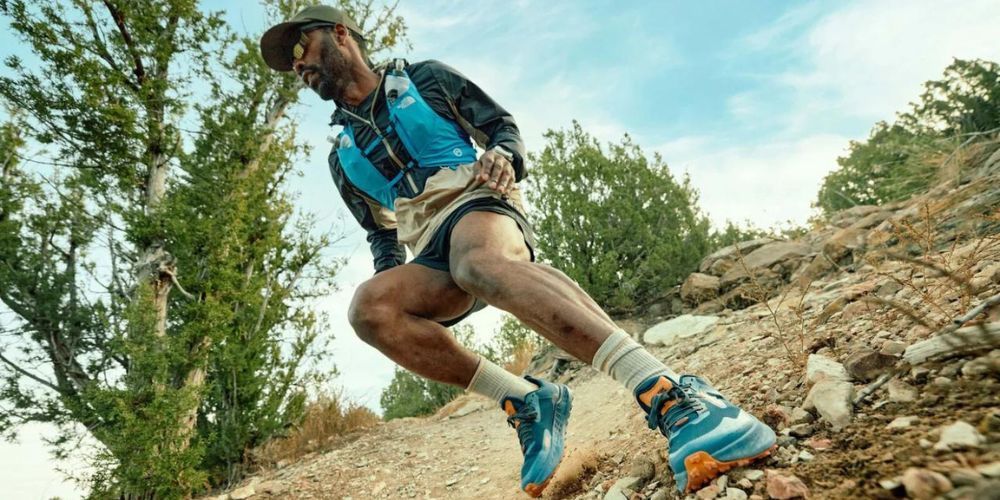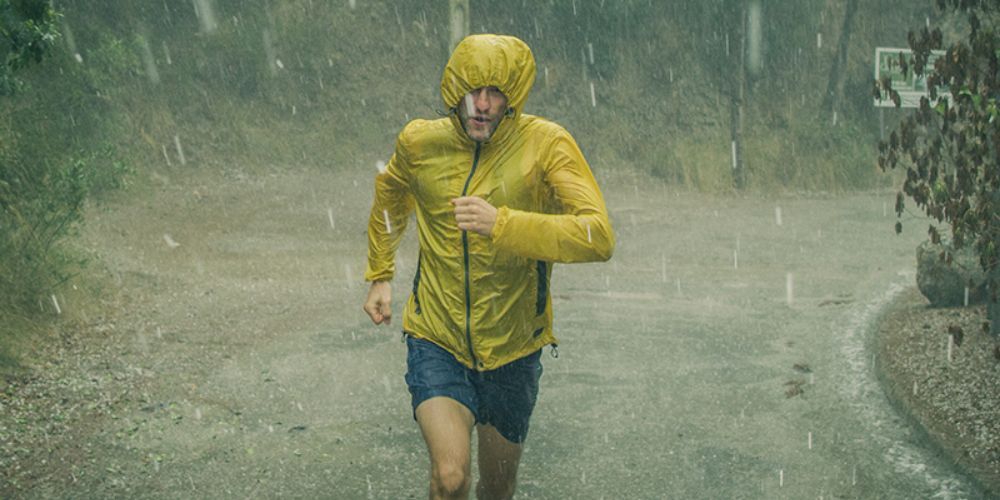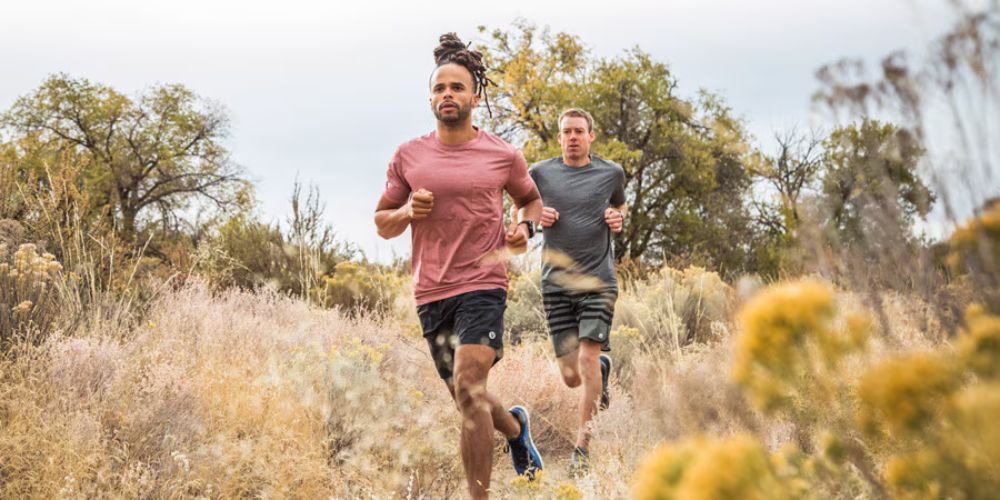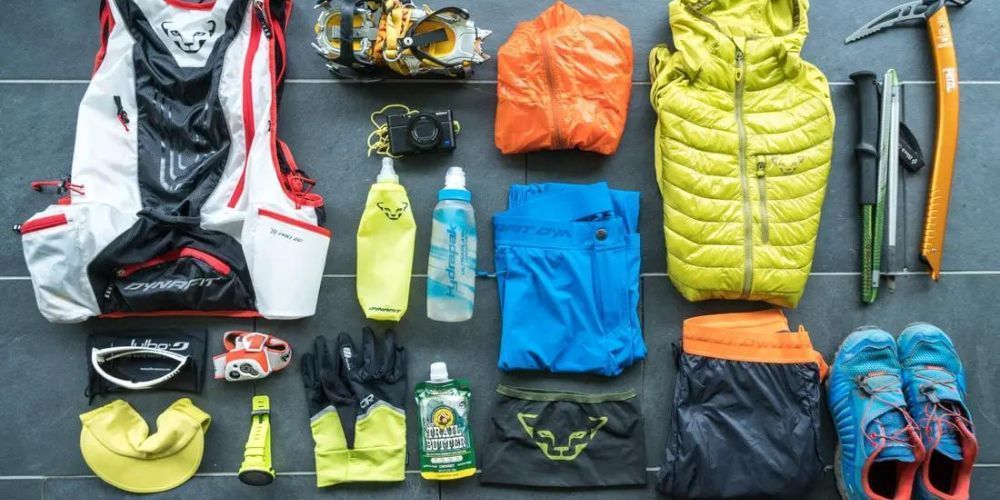William Flaiz is a lifelong athlete and outdoor enthusiast with a deep passion for adventure and sports. With over two decades of experience competing in marathons, triathlons, adventure races, and a wide range of recreational activities, William brings a wealth of knowledge to Sports and Nature Gear. Having explored 49 U.S. states and over 25 national parks, his extensive travels and hands-on experience with gear and gadgets provide readers with practical, expert advice for their own outdoor adventures. Whether it’s running, biking, kayaking, or hiking, William’s insights are invaluable to anyone looking to enhance their experience in the great outdoors. Read his full bio.
Top-Rated Women's Trail Running Shoes: Lightweight and Durable
Finding the perfect trail running shoe can feel like an endless quest, especially when balancing weight and durability is paramount. Imagine setting off on a serene early morning run, only to be sidelined halfway by blisters or aching feet due to ill-fitting shoes. We understand this all too well – that's why we've spent countless hours examining the top-rated women's trail running shoes available today.
Our investigation spans across various terrains and distances, evaluating each model's performance based on comfort, traction, and longevity. From detailed user experiences to expert testimonials, we've gathered comprehensive insights to help you make the best choice for your trail runs. Whether you're tackling rocky paths or muddy trails, our detailed review will guide you toward finding a pair that keeps you moving seamlessly through every adventure.
The Hoka Torrent 3 stands out as a top-rated women's trail running shoe, offering a comfortable fit, great traction, stability, and durability. It is suitable for all distances, although some users may initially find the toe box to be narrow.
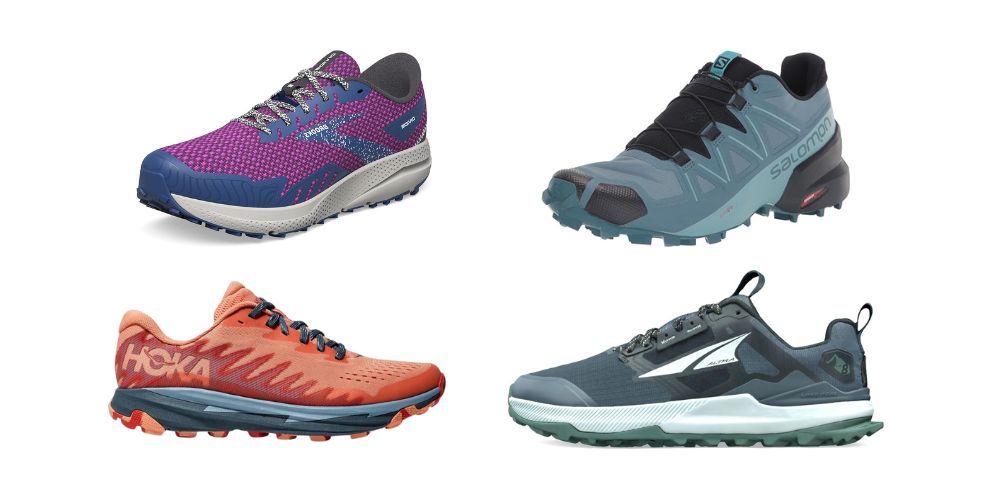
Top 5 Women's Trail Running Shoes on the Market
Choosing the perfect pair of trail running shoes can be overwhelming with numerous options available. We'll dive into the top 5 women's trail running shoes on the market and what sets them apart from one another.
Hoka Torrent 3
The Hoka Torrent 3 sets a high standard with its remarkable blend of comfort, traction, and durability. Its multi-directional lug pattern ensures aggressive grip on various terrains, providing runners with confidence and stability. Moreover, its resilient yet stable cushioning makes it suitable for all distances. It's important to note that some users may find the toe box initially feel narrow, but this can often be custom-fitted over time through wear, making it a versatile choice.
Runners consistently praise this model for its exceptional wear-all-day comfort and adaptable performance across diverse terrains. The Hoka Torrent 3 is designed to handle long distances while maintaining stability and support. Its ability to balance cushioning and responsiveness make it a top contender for women who demand versatility from their trail shoes.
Brooks Divide 4
Tailored for beginners and those seeking budget-friendly options, the Brooks Divide 4 offers a familiar fit with solid overall performance. Equipped with BioMoGo DNA cushioning for adaptive comfort and a protective rock plate, it strikes a balance between protection and affordability. However, it may lack some ruggedness compared to higher-end models, but it serves as an excellent entry-level option for new trail runners.
This model is particularly recommended for novice runners looking to break into the world of trail running without breaking the bank. It provides a reliable crossover performance without compromising on essential features such as underfoot protection and comfort. Its approachable price point and reliable performance make it a favorite among new runners.
Salomon Speedcross 5 Trail Running Shoes
Geared towards technical trail enthusiasts, the Salomon Speedcross 5 Trail Running Shoes stands out with its outstanding protection and customizable fit. Featuring an EndoFit internal sleeve and Sensifit system, this shoe excels at providing a secure, personalized fit. Despite its impressive durability and excellent traction on rugged terrains, some users may find the collar tight, which could affect long-term comfort.
Ultra-distance runners highly regard this model for its cushioning, sensitivity, and customizable fit that caters to their needs on demanding trails. The Salomon Speedcross 5 Trail Running Shoes is designed to endure challenging conditions while offering the adaptability required in ultra-distance events. Its customized fit ensures that every runner feels supported and secure through varying conditions.
Altra Lone Peak 8
For those prioritizing comfortable zero-drop performance, the Altra Lone Peak 8 makes a significant impact. Its spacious toe box and FootShape design offer unparalleled comfort and stability tailored to forefoot runners. However, due to its zero-drop platform, new users may require an adjustment period before fully appreciating its benefits.
This model is celebrated for providing consistent comfort across varying terrains while prioritizing stability—qualities that resonate with seasoned runners accustomed to zero-drop designs. The Altra Lone Peak 8 shines in delivering an exceptionally comfortable experience on trails while promoting forefoot engagement across long distances.
Nnormal Kjerag
Catering to speed-focused runners, the Nnormal Kjerag excels in delivering an ultra-lightweight design without compromising traction or responsiveness. Although it sacrifices some protection against rough terrains due to its minimalist construction, its emphasis on speed and sensitivity appeals to those prioritizing swift performance.
For experienced runners seeking an ultra-lightweight option with heightened sensitivity and agility, the Nnormal Kjerag serves as a reliable option for enhancing speed and responsiveness during intense trail runs. Its minimalist design embodies efficiency without sacrificing essential traction capabilities required in demanding conditions.
With an extensive understanding of each shoe's standout features and targeted advantages, you're now equipped to make an informed decision based on your specific preferences and trail running aspirations.
As you make strides toward finding your perfect pair of trail running shoes , let's now turn our attention to the crucial considerations in "Selecting the Perfect Fit.
Selecting the Perfect Fit
Finding the right trail running shoe is like finding a trusty companion for all your outdoor adventures. Just as you wouldn't choose just anyone to go on an epic journey with you, it's crucial to find a shoe that fits you perfectly. After all, comfort and support during those long runs are non-negotiable. Here are a few things to consider when choosing the perfect trail running shoe.
The most important thing when it comes to getting the right fit is measuring your feet properly. It's best to do this at the end of the day when your feet are at their largest - this ensures your shoes won't feel tight during long runs. Use a Brannock device or follow an online guide to get accurate measurements. Knowing your foot length and width will help you find the perfect size for your feet.
We all have unique feet, so what works for one person might not work for another. That's why it's essential to try out multiple brands and styles of shoes. Different brands can offer significantly different fits, and what one person finds comfortable, another may not. Experimenting with various brands helps you find the one that is tailored to your specific foot shape, providing both comfort and support.
When trying on different shoes, remember this little tip: leave some space for your toes. Having about a thumb's width of room between your longest toe and the end of the shoe is crucial. Not only does this prevent blisters and discomfort, but it also allows for natural swelling that occurs during long runs, keeping you comfortable throughout your entire outing.
Think of it like picking out your hiking buddies - some might want to lead the way while others prefer to follow along; similarly, some brands may have more room in the toe box than others, providing different options to match your personal preferences.
And here's a quick tip: Wear the same type of socks you'll use during your runs when trying on shoes, as this can affect how they fit.
This thoughtful process of finding the perfect pair might take a little time, but once you find 'the one,' every step on the trail will be worth it.
The perfect pair of trail running shoes lays the foundation for a successful and enjoyable run. Now, let's explore the essential features that every trail runner should consider before making a purchase.
Essential Features for Trail Runners
When you hit the trails for a run, your shoes are your best friends. They're there to support you, protect you, and keep you going mile after mile. But not all trail running shoes are created equal. There are key features that ensure your shoes can handle the specific challenges of off-road running - from rugged terrains to unpredictable weather conditions.
Traction
One of the most important features in a trail running shoe is traction. When you're off-road, you'll encounter uneven surfaces, muddy patches, and slippery terrain. Look for a shoe with aggressive lug patterns on the outsole. These deep, multi-directional lugs provide the gripping power you need to stay stable and secure on challenging surfaces. This feature is vital for maintaining control and stability, especially during wet or muddy conditions.
The lug patterns are like little octopus suckers that firmly grasp onto any surface they touch, giving you the confidence to tackle any type of terrain without slipping and sliding.
Protection
Trail runners often face rugged and technical terrains with sharp rocks and roots. To shield your feet from potential harm, select shoes with rock plates or reinforced toe caps. The rock plates protect against jagged rocks by dispersing impact forces away from your foot, while toe caps prevent injury from unexpected stubs along the way. These protective features ensure your feet stay safe and comfortable even on the most challenging trails.
Breathability
During long runs on hot days or in humid conditions, trapped moisture inside your shoes can lead to discomfort and even blisters. Opt for trail running shoes made with breathable mesh uppers to allow for proper air circulation around your feet. This helps to keep your feet cool and dry, reducing moisture buildup and potential blistering. The breathability factor is a game-changer for maintaining foot comfort and overall performance on longer runs in varying weather conditions.
Each of these essential features plays a crucial role in enhancing your trail running experience — providing stability with superior traction, shielding your feet from potential hazards, and ensuring comfort through breathability.
Durability vs. Comfort
When it comes to choosing the right trail running shoes , striking a balance between durability and comfort is crucial. It's a bit like finding the perfect partner for a dance: you want someone who’s sturdy and reliable, but also someone who knows how to move with grace and flexibility. In the case of shoes, durability often means tough outsoles and protective overlays that can withstand rugged terrains and harsh conditions, while comfort-focused shoes boast plush cushioning and soft liners for a more enjoyable running experience.
Trail runners face various terrains and weather conditions while on the move. Durability comes into play as these shoes need to endure rugged trails, rocky paths, mud, water, and various weather conditions while keeping your feet protected. On the other hand, comfort is vital for long-distance runs – it's what makes those miles feel less grueling and more enjoyable.
Durability in trail running shoes is about resilience and protection. These shoes are designed to withstand rough conditions and provide ample support to the feet. The outsoles are usually made from durable rubber compounds with aggressive tread patterns to ensure strong grip and traction on uneven terrain. The upper part often features protective overlays or integrated rock plates to shield your feet from sharp objects, debris, and abrasion.
Comfort-focused trail running shoes prioritize cushioning and support for your feet. They may have softer midsoles with generous amounts of cushioning material like ethylene-vinyl acetate (EVA) or polyurethane foam. Additionally, some models feature plush linings and padded collars for a snug and comfortable fit throughout the run.
Now, finding a shoe that strikes the right balance between these two qualities depends largely on your running preferences, style, the type of terrain you frequent, and your personal comfort needs. Some runners might prioritize durability over comfort due to the technical trails they run on, while others might lean towards comfort for longer endurance runs.
For example, if you're training for an ultramarathon across varied terrain with unpredictable weather conditions, you might prioritize durability in your trail running shoe choice. On the other hand, if you mostly engage in shorter, less technical runs where underfoot protection isn't as critical, you might opt for comfort.
Understanding the trade-offs between durability and comfort helps in making an informed decision when selecting the right trail running shoe for your needs. While some may prioritize one over the other, striking a balance between these two essential components contributes to an enjoyable yet protective running experience.
Optimal Shoe Construction
The construction of a trail running shoe encompasses numerous components that contribute to its overall performance and comfort. Let's begin by examining the midsole material, which plays a pivotal role in cushioning and support during runs—the layer between the outsole and the upper part of the shoe, providing cushioning and stability to protect your feet from the varying terrains encountered during trail runs.
Midsole Material
Two common midsole materials used in trail running shoes are EVA foam and polyurethane. EVA foam offers lightweight cushioning that enhances agility on the trails; however, it has the tendency to compress over time, compromising its long-term support. On the other hand, polyurethane boasts superior durability and resilience, although it tends to be heavier.
When choosing a trail running shoe, it's essential to consider your personal preferences in terms of cushioning versus weight, as well as your typical running distance and terrain.
Upper Construction
Now moving on to the upper construction, seamless or welded uppers have gained popularity for their ability to reduce the risk of irritation and tear. These modern designs minimize friction against the foot and are less likely to cause discomfort compared to traditional stitched designs. By prioritizing comfort and durability in the upper construction, brands have made significant strides in ensuring that women have access to footwear that caters to their unique needs as athletes.
Outsole Design
When considering the outsole design, it's important to note that durable rubber outsoles with varied lug depths cater to different terrains encountered during trail running. Soft, sticky rubber excels at providing exceptional grip on wet surfaces, enhancing confidence when navigating through challenging conditions. Conversely, harder rubber excels on rocky trails due to its enhanced resilience against abrasive surfaces. As a trail runner, understanding these variations in outsole design allows you to make an informed choice based on your specific running conditions and preferences.
By understanding these crucial elements of shoe construction tailored specifically for women's trail running shoes, you can make an educated decision about which features matter most to you - whether it's durability, comfort, or specialized traction options for your preferred running environment.
As we transition from understanding optimal shoe construction tailored for women's trail running shoes , let's now explore the nuances between men's and women's trail runners.
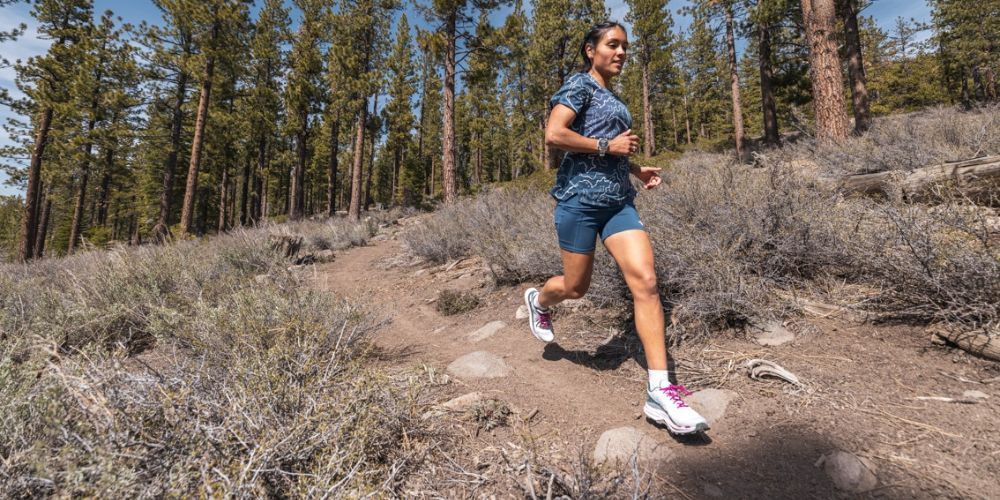
Comparing Men's and Women's Trail Runners
When comparing men's and women's trail running shoes , it's crucial to consider not just the sizing, but also the anatomical differences and the specific needs of female runners.
Anatomical Differences: Women's feet are typically narrower at the heel and have a lower volume in general, compared to men's feet.
Consequently, women's trail running shoes are designed with these differences in mind, offering a more snug fit in the heel area and a shape that accommodates the lower volume. On the other hand, men's shoes tend to be wider and larger overall, reflecting the anatomical distinctions between male and female feet. Considering these factors is critical in ensuring that both male and female runners find shoes that not only fit comfortably but also provide the necessary support for a wide range of movements on rugged terrain.
Cushioning and Support: In terms of cushioning and support, women's trail running shoes often feature softer midsoles than men's shoes. This design adaptation accounts for the lower average body mass of women compared to men. The softer midsoles offer more responsive cushioning and better shock absorption, catering to the specific needs of female runners.
For instance, the differences in body mass distribution might mean that a shoe with softer midsoles can provide more effective support for female runners across various distances, especially on uneven trails where enhanced shock absorption is critical.
Aesthetic and Color Preferences: Apart from structural differences, women's trail running shoes also cater to aesthetic and color preferences. Women's models typically feature different color schemes and design elements that align with market preferences among female consumers.
Understanding these differences goes beyond just aesthetics; it reflects how manufacturers are attuned to broader consumer trends and preferences, recognizing that design elements can greatly influence a runner's sense of identity and confidence.
Moreover, catering to color preferences can play a key role in making the overall running experience more enjoyable for female athletes, as they may be more inclined to select footwear that resonates with their personal style and complements their running attire.
In essence, by recognizing and accommodating these differences—both anatomical and preferential—shoe manufacturers can effectively meet the diverse needs of all runners, ensuring comfort, performance, and style across the board.
As we transition from understanding the nuances of trail running shoe design to maintaining their longevity, it becomes clear that recognizing these differences is integral to optimizing a runner's performance. This understanding can form a solid foundation for ensuring that your investment in quality footwear remains beneficial over time.
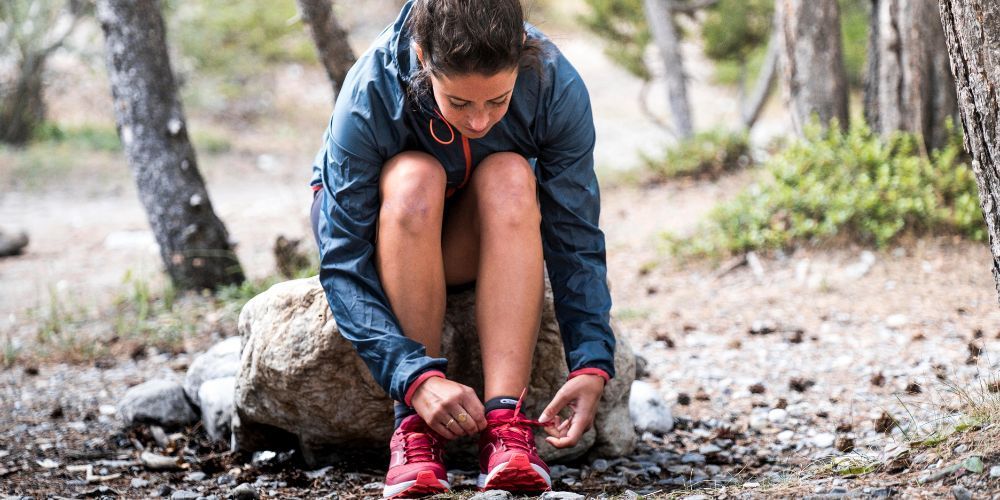
Maintenance Tips for Longevity
After investing in a great pair of trail running shoes , it's crucial to maintain them properly to ensure they last. Regular upkeep is essential to prevent material breakdown and maintain the shoes' performance.
Clean After Each Run
Trail running shoes endure a lot of wear and tear from dirt, mud, and debris. Therefore, cleaning them after each run is vital to prevent the buildup of particles that can break down the material over time.
When cleaning, be gentle with your shoes. Use a soft brush to remove dirt and gently scrub the outsoles. Additionally, using a mild soap or specialized shoe cleaner can help effectively remove grime without damaging the fabric or structure of the shoe. This simple act of regular cleaning goes a long way in preserving the integrity of your trail running shoes.
Proper Drying Techniques
After a rigorous run, your shoes are likely to be damp and covered in sweat. It's crucial to dry them properly to avoid potential damage.
Avoid leaving your shoes in direct sunlight or near high heat sources as this can cause the material to deteriorate. Instead, air dry them in a cool, shaded area. An effective method to help retain their shape and absorb excess moisture is by stuffing your shoes with newspaper during the drying process. This technique not only aids in absorbing moisture but also assists in maintaining the form of the shoes.
The Power of Rotation
Just like with any piece of athletic equipment, constant use causes wear and tear on trail running shoes. To prolong their lifespan and reduce constant wear and tear, consider investing in multiple pairs of good-quality trail runners.
By rotating between several pairs, you allow each pair to fully dry and decompress between runs. Not only does this extend their lifespan, but it also ensures that you always have a dry pair ready for your next adventure on the trails.
Rotating between different pairs doesn't just give them time to breathe – it gives you time too. It provides an opportunity for each pair to regain its cushioning and support properties after being compressed during runs.
Implementing these maintenance practices will not only extend the life of your women's trail running shoes but also contribute to a more comfortable and efficient running experience. By incorporating regular cleaning, proper drying techniques, and shoe rotation into your routine, you'll be able to get the most out of your investment in quality footwear.
AUTHOR
Nature's Playbook
As an Amazon Associate I earn from qualifying purchases.


